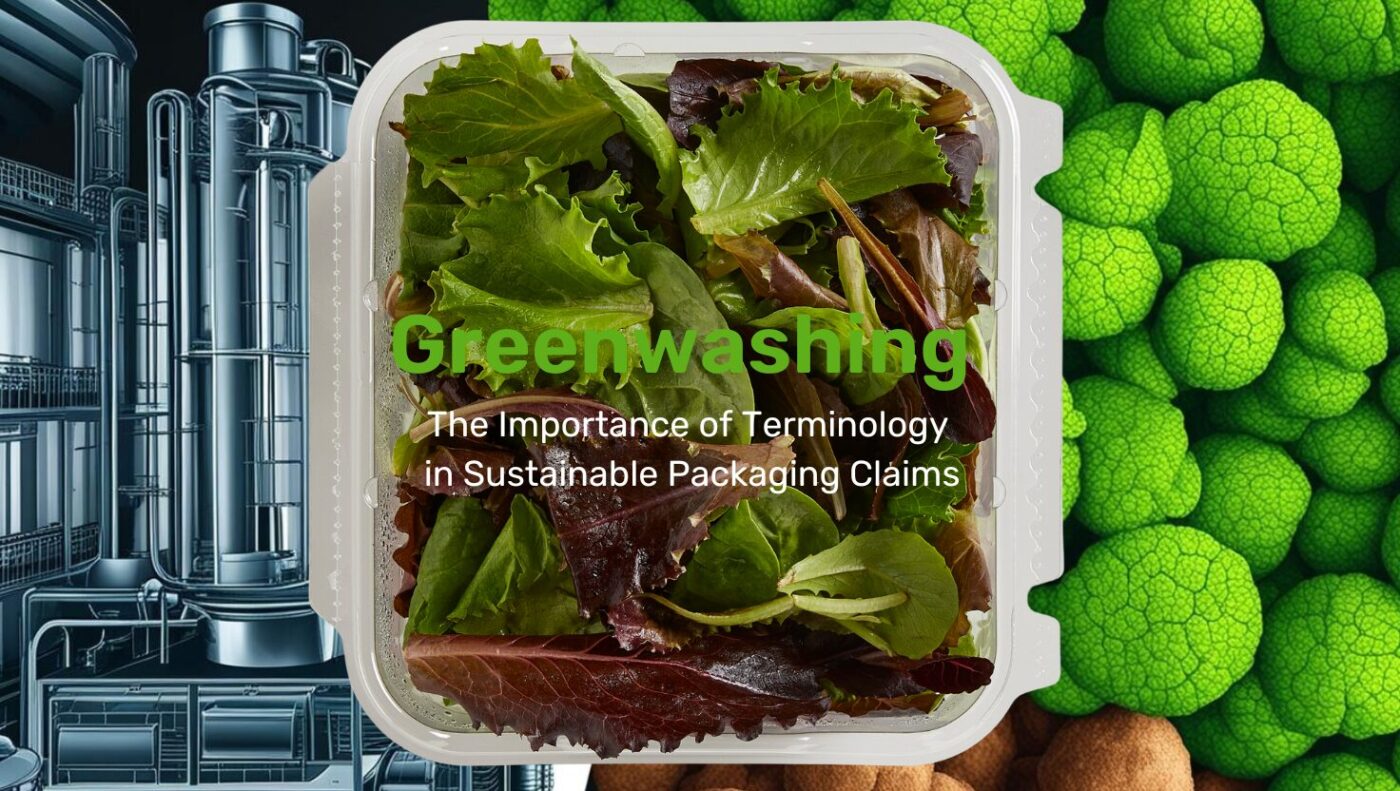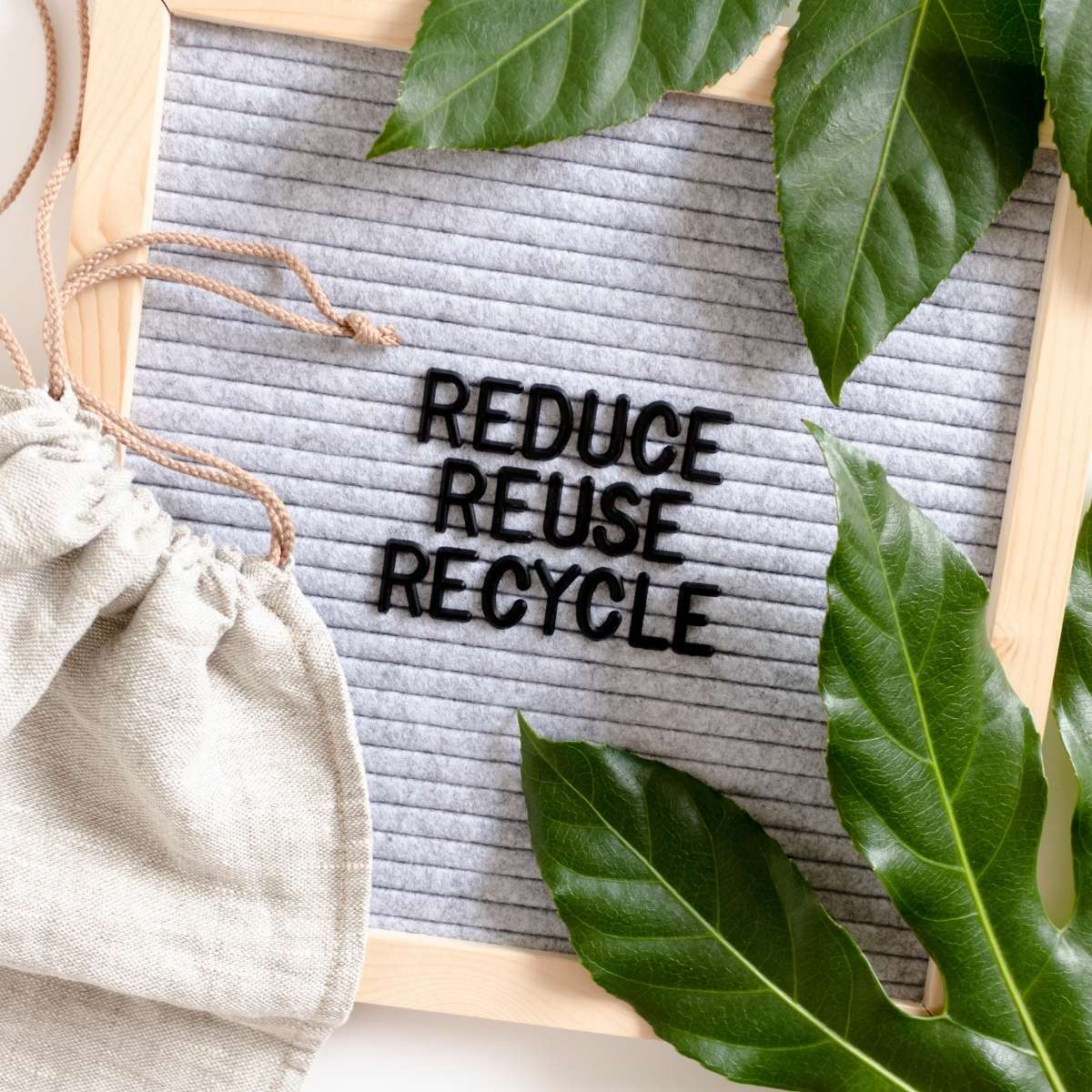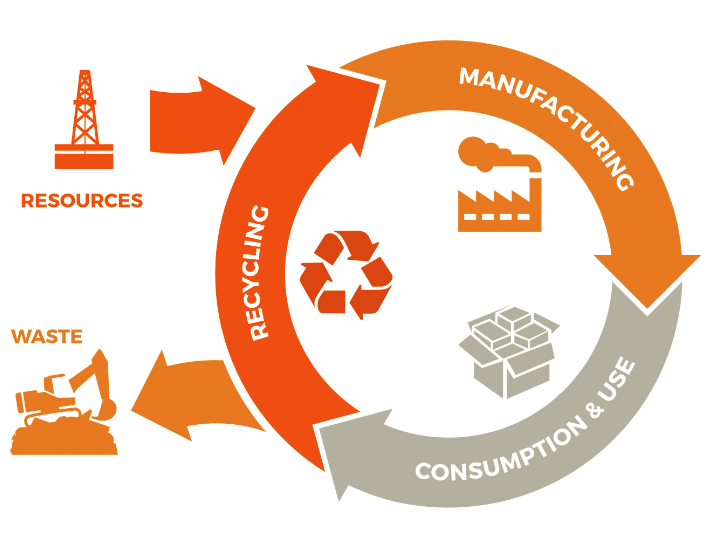
Understanding the Language of Sustainability As the push for sustainable packaging grows,…


In today’s changing landscape, consumers are increasingly seeking products — and product packaging — that are sustainable and environmentally friendly. Shifting purchasing criteria and mounting environmental concerns are driving innovation, and consumers are becoming increasingly powerful deciders.
For example, a Nielsen study of 30,000 consumers spread across 60 different countries found that over half of them took the eco-friendliness of packaging into account when making a purchasing decision. And from the same study, 55% of respondents said they were willing to spend more on environmentally friendly products.
Some of the world’s largest retailers, such as Amazon and Walmart, are taking steps to ensure the sustainability of the products they sell. Walmart’s Packaging Scorecard and Packaging Playbook, for instance, set guidelines for packaging sustainability and offer tips on how to achieve them.
Before embarking on any efforts to increase the sustainability of your packaging — or even considering such efforts — it’s important to take a step back and evaluate your specific needs and goals. Keeping processes as they are may be tempting for short-term ease but will ultimately hold your business back from real innovation and improvement.
Look at the package design as a whole, examine components individually, pinpoint areas for improvement or elimination, and evaluate each proposed change in terms of both cost and added value.
 Once you’ve thoroughly examined all possibilities, you can easily and immediately increase packaging sustainability simply by using fewer materials.
Once you’ve thoroughly examined all possibilities, you can easily and immediately increase packaging sustainability simply by using fewer materials.
When evaluating packaging design, you’ll likely identify components of your packaging that serve no important purpose, or that serve a purpose that can be simply and effectively accomplished in another way. Eliminating these unnecessary design elements will allow for fewer required materials while reducing raw material demand, streamlining shipping, and reducing shipping carbon emissions.
The path to innovative, sustainable packaging begins with thorough evaluation of the package, potential design modifications, and prototyping. The process may seem daunting at first, but working with a packaging expert like Plastic Ingenuity will allow for peace of mind and reliable assistance through every step of the transition.
A WorldStar Award-winning custom thermoformer, Plastic Ingenuity helps clients through every stage of the sustainable packaging process, from design and prototyping to production and delivery. To learn more about sustainable custom retail packaging and explore how to best meet the increasingly stringent sustainability standards in retail, download the eBook, “Sustainable Packaging for the Retail Industry.”
